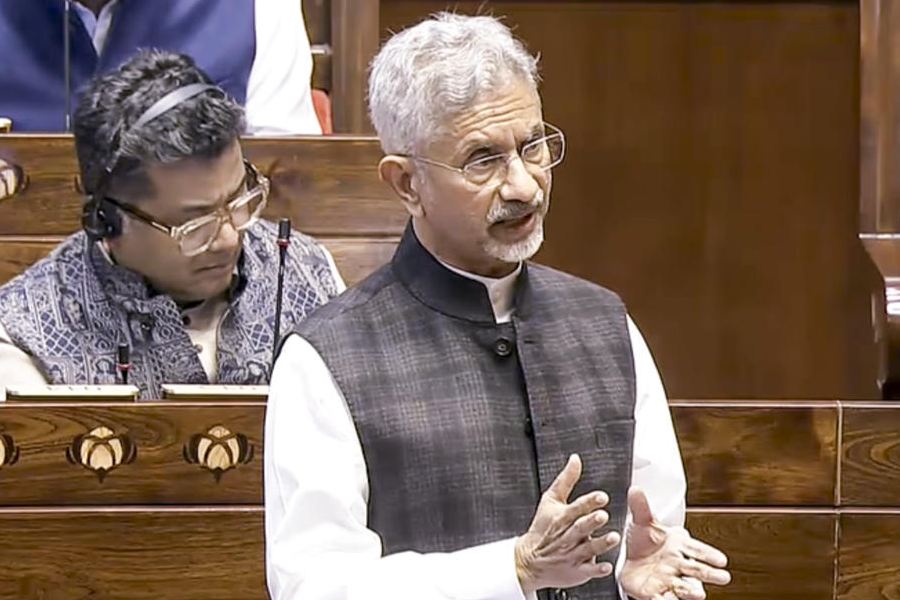The extent of voluntary contributions can reveal whether an organised pensions system is robust, whether a country’s social security network is strong, and whether policy planners actively encourage participation. India fares poorly on most of these counts.
A critical section of the retired population in India is in a dire situation. Poor financial planning, coupled with strong inflationary trends, typically leads to a set of unique problems for *this lot. A large number of us die poor: extended longevity, a distinct trend these days, frequently results in high dependency ratios. These issues are well-known. But even those who are aware of the ground realities — the financially literate — do not contribute enough on a voluntary basis. The fragmented nature of our pension infrastructure is one of the reasons why this is so. Policy mavens do not do much to boost participation. People are not fully aware of the situation and contributions remain modest.
Shouldn’t the authorities encourage ordinary savers to contribute more voluntarily, especially so with special incentives? Higher income tax benefits, for instance, will be relevant in this context. ‘Save more, gain more, get bigger tax breaks’ — this simple rationale is likely to work wonders for long-term planning. Sarkari commitments will not be enough if the matter is not communicated well. The idea is to spread the core message — savings — to all those who matter.
There have been sporadic, and somewhat unstructured, efforts to communicate more on this front. Such moves have not quite made a dent, and savers in general have stayed away. One of the overbearing reasons is the inadequacy of returns in the prevailing system. Why should the man on the street save more unless his wealth grows more than moderately and, in the process, beats the impact of inflation? How will people optimise their gains by contributing more, especially when long-term retirement savings are not dynamically managed? Directing a larger part of one’s savings towards the capital markets is most definitely a solution. Yet that is not likely to happen in the near term. A shift in strategy is necessary; for a country as complex as ours, that is a daunting challenge.
But the template of savings is changing. The recent comment of the governor of the Reserve Bank of India on the pronounced tilt towards newer ways to save is worth mentioning here. We are indeed moving away from traditional systems (public sector bank deposits and similar fixed-income securities) to more contemporary and market-determined methods offered by private firms.
Taking a cue from this *ongoing trend, can private enterprises be prompted to mobilise retirement savings for long-term wealth growth? Private management of retirement money is already allowed. Private insurance companies, for instance, have fairly robust annuity plans. A number of ordinary Indians looking for passive post-retirement income are already committing their resources to private managers. This needs to be pushed; a firm hand by way of policy tweaks will work well.
Moving away from public sector-dominated social security systems to privately-managed infrastructure will come at a cost. While there will be higher user charges, competition in the private space is bound to spawn new products and services. The average individual will gain because of the range of choices on the table. Higher allocations to the capital market may also lead to certain trims and cuts. Fund management expenses may decrease with higher volumes, cost of intermediation may follow suit. This is already evident in the asset management space where the number of new players is steadily rising. This will help the everyday saver and perhaps even trigger higher *contributions in the long run. That remains the biggest ask in this context.











